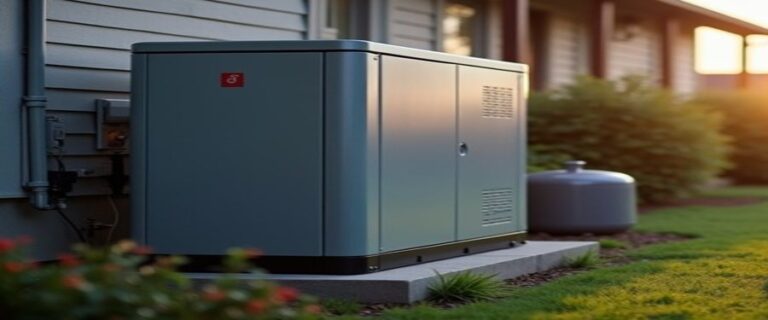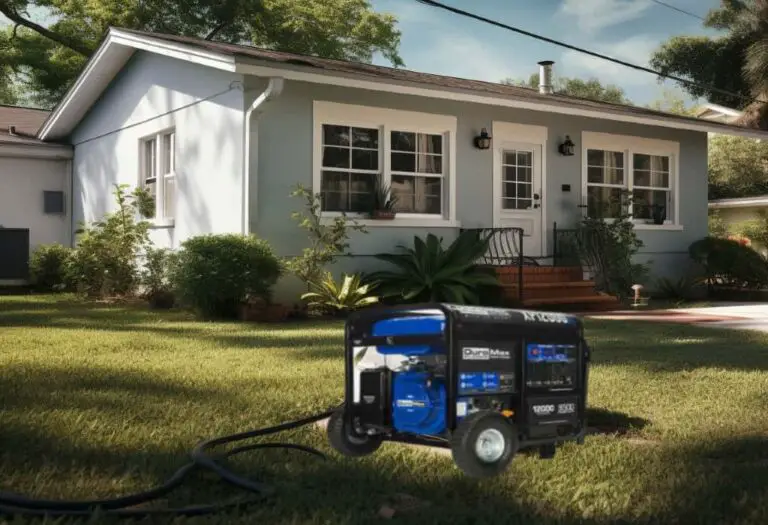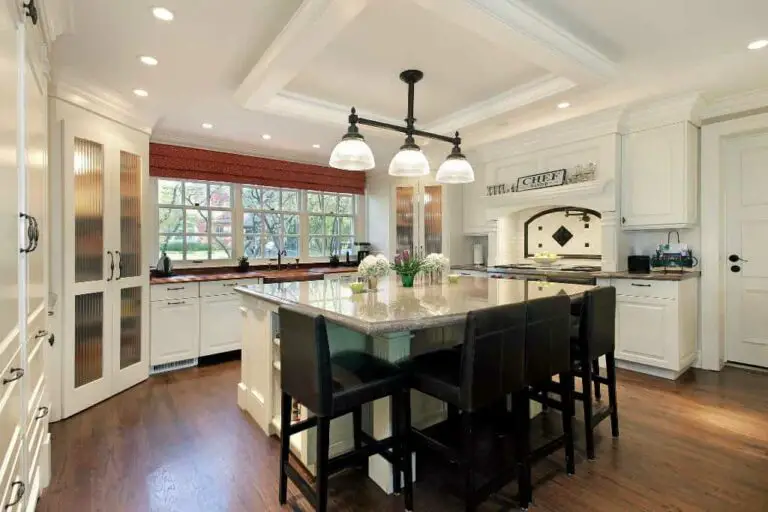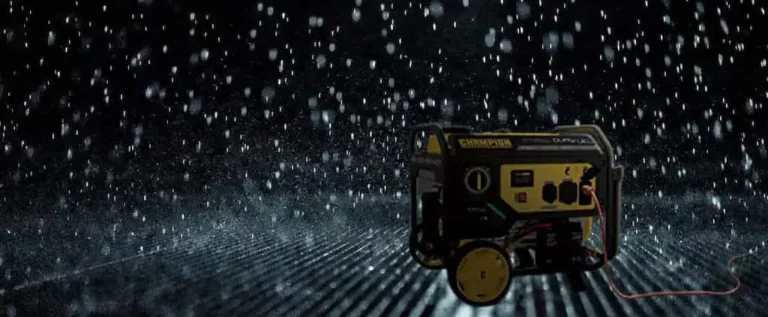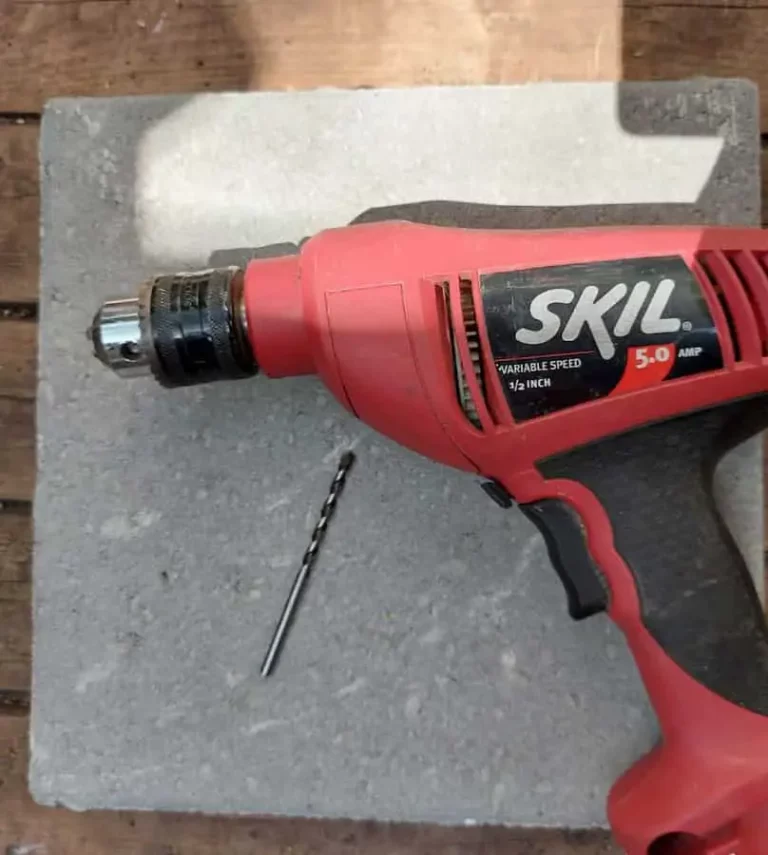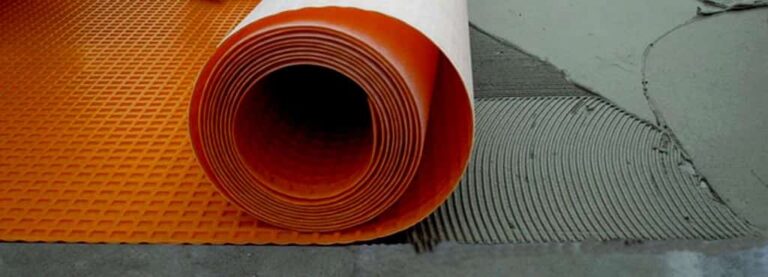Cement Board vs. Green Board for Shower: Which Is Best?
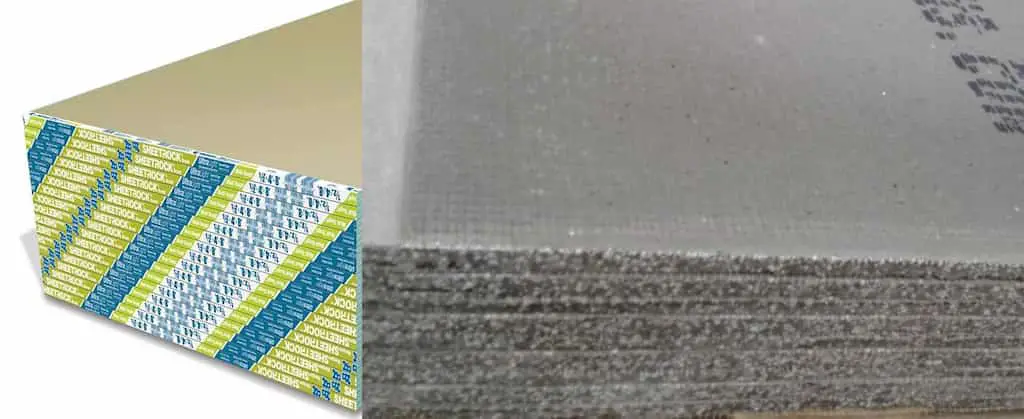
As you may know, shower and kitchen are two environments that are most exposed to water, which makes it challenging to select the right material for tile backing. Two options you may consider for your shower are cement board and green board.
A cement board is best for your shower because it features cement and is more water-resistant than a green board. Even though the green board is applauded for its moisture resistance, it isn’t waterproof and can sustain water damage from splashes or puddles of water.
This doesn’t mean you should disregard the green board entirely. This article will explain in detail the pros and cons of each type of tile backer so that you can use the right options for suitable spaces, including your bathroom. You will even find a tile backer that is 100% waterproof.
Green Board: A Brief Overview
Green board was first brought to market in the 1960s and is a type of drywall with some level of water resistance. This partial water resistance may sometimes be confused for a complete waterproof nature. It is worth noting that these boards have the same core as a standard drywall panel and only have a green coat that can resist moisture.
Of course, this isn’t the only difference between drywall and green board. Another critical way these two differ is in thickness. Green board is significantly thicker than drywall, making it sturdier and more soundproof than its alternative.
Now that you’re aware of a green board’s construction and fundamentals let’s explore its negatives and positives. In-home improvement, different materials may be disadvantageous in certain situations while being perfect for other placements. Therefore, the pros and cons will be listed alongside usage recommendations.
Pros of Green Boards
Below are the advantages you have when you opt for a green board as a tile backer for your home.
- Longevity compared to drywall: As long as you’re opting for the green board as an alternative to drywall, you’re making the right choice because the panels are thicker and have better layering than drywall. However, some options can last even longer.
- Resist moisture: Drywall tile backer can rot and promote the growth of mold if exposed to a high-moisture environment. Green boards are semi-water-resistant, which makes them ideal for homes in regions where interiors are often humid.
- Ease of installation: As you know, green boards are modified drywall panels; you can understand that the ease of installation aspect of drywall translates to green boards as well. For small areas like a standard room, you can install the panels alone. This becomes even easier if the studs are already in place (i.e., you’re hanging green board over previously installed drywall.
Cons of Green Boards
Below are the drawbacks to keep in mind before purchasing green boards for backing your tiles.
- Not waterproof: While green boards can be seen in bathrooms around the country, especially in coastal regions, you’ll notice that proper installation avoids fixing green boards in areas that come directly in contact with water. That is because green boards aren’t waterproof.
- Not fireproof: This disadvantage applies to kitchens as there is some degree of fire hazard in every functional kitchen. Just like you must install a green board away from areas splashed with water, make sure it isn’t installed near your stove.
Cement Board: A Brief Overview
Cement board is a DIY low-impact alternative to applying cement directly. For ease of installation, this type of siding is pre-fabricated with cement and fiber reinforcement. The idea is to make a semi-cement tile backer that isn’t as sturdy as cement but makes up for cost-effectiveness and flexibility.
These can come in varying degrees of thickness and thus have different prices and installation effort requirements. But considering their uniform composition and a specific range of uses, their general advantages and disadvantages can be briefly discussed.
Cement boards are a great option to use when creating a backing layer for your tiles. However, they’re not universally applicable, and you must keep a few factors in mind before investing in these for your home.
Pros of Cement Boards
Below are the critical advantages of cement boards. This isn’t an exhaustive list as it only focuses on these boards as tile backers.
- Mildew and mold resistant: Cement boards have better longevity than gypsum panels and even covered varieties like green boards. A significant contributor to this is the cement board’s mold and mildew-resistant composition.
- More water-resistant: While neither green boards nor average cement boards are entirely waterproof, cement backer boards can resist water better than green boards. Furthermore, a variety of cement boards are completely waterproof, making the category better than green boards for water-impacted areas.
Cons of Cement Boards
Below are the drawbacks to consider before opting for cement backer boards.
- Difficult to fix: Since cement boards weigh more than green boards, they’re harder to install. If you have someone at your house to help with the installation, this disadvantage doesn’t apply. However, if you have to hire a helping hand or two, the cost-effectiveness aspect is impacted.
- Harder to cut: After precision-cutting the initial layer, one can just bend to break gypsum core boards. However, cement backer boards are harder to cut as they require precision-cutting throughout the entire board. Remember, the layers are homogenous.
- Higher cost per panel: The completely waterproof variety of cement boards discussed earlier cost significantly more than average green boards. This per-panel cost becomes even more obvious at scale. That’s why it is advisable to only use hybrid installation to bring down the overall cost.
Who Should Use Green Boards?
You should generally use green boards if:
- You’re on a tight budget.
- You live or work in your home alone.
- You do not have kids or pets, creating a water-spillage hazard.
- Your living space doesn’t get a lot of water exposure.
Who Should Use Cement Boards?
You should use cement boards if:
- There is a lot of water exposure in your living environment.
- You can afford a higher upfront cost to bring down the maintenance cost long-term.
- You can hire professional installers or have help with the project.
Which One Is Best for Your Shower?
With the pros and cons of each variety established, we come to the question of which one fits your project. For your shower, you should use waterproof portland cement-based backer board reinforced with glass fiber on both sides.
However, you should keep in mind that this variety costs more than average cement backer boards and green boards. Therefore, one way to offset your overall project costs is by opting for green boards for most of your bathroom and using cement backer boards in areas where water will constantly get splashed.
HardieBacker Waterproof Cement Boards are made specifically for shower and water-rich environments. Featuring 90% portland cement, these backer boards have waterproof composition throughout the board.
You can use these in water-splashed areas, while the rest of your bathroom can feature relatively cheaper cement boards or even green boards. As long as you use the same tile across the interior, the difference in backer boards isn’t visible. You can use this to your advantage by not limiting yourself to only one option.
Final Thoughts
The debate between the cement board and green board is not definitive, but cement boards come out ahead as the better option when it comes to their utility in water-rich environments. Not only are they cost-effective long-term, but they also dry quicker, minimizing water damage even in the instance of a spill. There are complete waterproof varieties as well though they aren’t as cost-effective over the long term.
